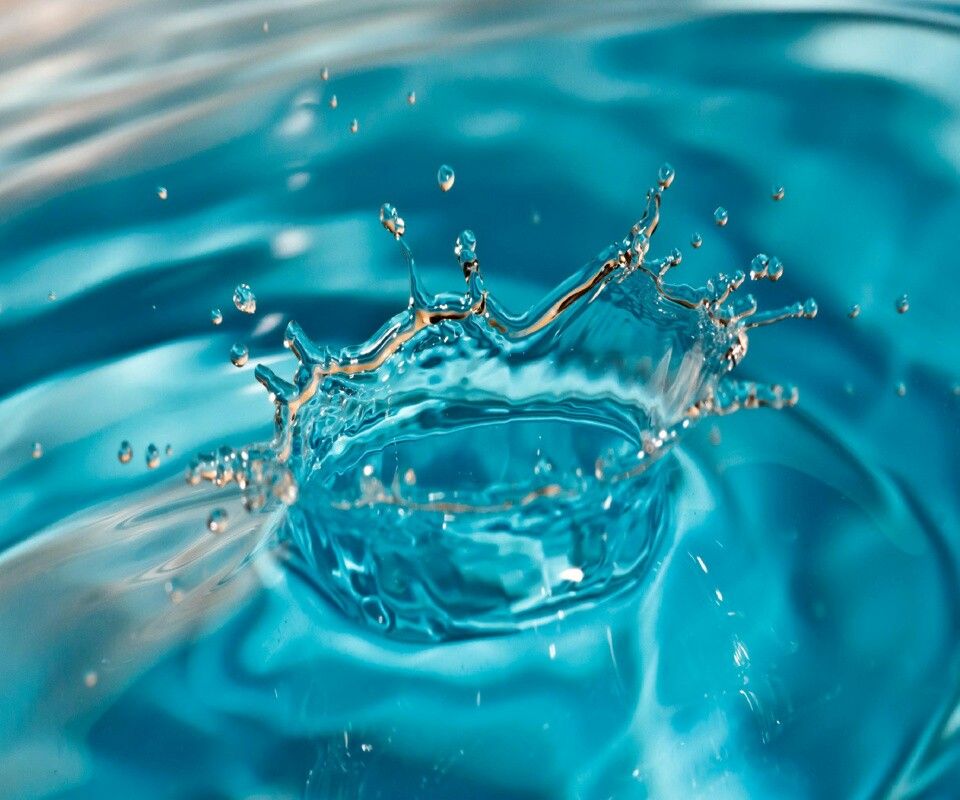Chlorine has been one of the most widely used disinfectants in drinking water for decades. It effectively destroys bacteria, viruses, and harmful microorganisms, ensuring safer water for millions of households worldwide. However, with growing public awareness of water quality, more people are asking: What are the long-term side effects of chlorine in water?
Understanding chlorine’s long-term impact—along with how to accurately monitor chlorine levels—is essential for water treatment plants, bottled water producers, laboratories, and facilities that rely on safe, stable water quality. This article breaks down the long-term risks, influencing factors, and explains how advanced instruments such as ERUN water quality analyzers support precise chlorine monitoring and safer drinking water.
Chlorine is a strong oxidizing agent that kills microorganisms by disrupting their cellular processes. It is affordable, efficient, and provides a residual disinfectant effect throughout distribution pipelines. This residual protection is a key reason chlorine remains the standard method of drinking water disinfection worldwide.
Global authorities such as the WHO and the EPA recommend maintaining:
0.2–4.0 mg/L of residual chlorine in drinking water
Levels high enough to protect against microbial contamination
Levels are low sufficient to avoid taste, odor, and health concerns
These standards help ensure safety, but improper control can lead to noticeable side effects—especially with long-term exposure.
The long-term side effects of chlorine in water depend on exposure levels, frequency, and water quality. While chlorine itself is generally safe at regulated levels, chronic exposure and disinfection by-products (DBPs) may cause several concerns.
Chlorinated water can gradually weaken the skin’s natural oils, leading to:
Dryness and irritation
Increased sensitivity over time
Dry or brittle hair
Eye irritation, especially for individuals with allergies or eczema
Long-term exposure may worsen these effects, particularly in communities with high chlorine content.
Although low-level ingestion of chlorine is considered safe, long-term exposure may cause:
Throat irritation
Gastrointestinal discomfort
Heightened sensitivity in children and older adults
Possible respiratory irritation in sensitive populations
These effects are mainly associated with chloramines or poorly controlled chlorine dosing.
One of the most researched long-term concerns involves DBPs formed when chlorine reacts with organic matter. These include:
Trihalomethanes (THMs)
Haloacetic acids (HAAs)
Several DBPs are regulated due to their association with long-term health risks, including:
Increased cancer risk with chronic exposure
Potential liver, kidney, or central nervous system impacts
While drinking water providers limit DBP levels, poorly maintained systems or high organic loads can increase risks.
Excessive chlorine affects:
Taste (metallic or chemical)
Odor
Consumer confidence
These issues are especially critical for the bottled water industry, where flavor and purity significantly influence brand trust.

Chlorine levels do not remain constant, and several factors influence long-term quality and exposure risks.
Surface water with higher organic matter forms DBPs more easily, increasing long-term exposure concerns.
Higher temperatures accelerate chlorine decay.
Old or corroded pipes increase chemical reactions.
Long distribution lines create uneven chlorine concentrations.
Free chlorine and chloramine systems behave differently, yielding different by-products and long-term exposure profiles.
Basic chlorine monitoring tools include:
Test strips
Colorimetric kits
Handheld meters
Titration-based test kits
While useful for quick checks, they lack long-term stability and do not measure related parameters such as pH, ORP, or turbidity, all of which affect chlorine performance.
Accurate monitoring is essential to balance safety, taste, regulatory compliance, and long-term health protection.
ERUN’s multi-parameter water quality analyzers, such as the ERUN-SP series (ERUN-SP9), deliver high-precision detection for:
Free chlorine
Total chlorine
ORP
pH
Conductivity
TDS
Turbidity
Dissolved oxygen
Temperature
With advanced sensing technology and intelligent algorithms, ERUN analyzers provide stable, real-time data ideal for:
Drinking water treatment plants
Bottled water manufacturing
Laboratory water research
Industrial water systems
Multi-parameter testing ensures a clearer understanding of chlorine behavior, reducing risks associated with over-chlorination or DBP formation.

Drinking water producers must meet the WHO and EPA chlorine and DBP guidelines. Reliable monitoring prevents violations and protects community health.
Control of chlorine levels reduces:
DBP formation
Respiratory irritation
Skin sensitivity
Water taste and odor issues
Stable chlorine control helps bottled water companies maintain consistency, purity, and consumer confidence.
ERUN analyzers ensure accurate chlorine readings even under variable water conditions.
Because chlorine effectiveness depends on pH, ORP, temperature, and organic matter, ERUN’s integrated sensors provide a full water quality profile.
ERUN devices are engineered for:
Long-term stability
High durability
ISO9001-quality production
Intelligent data processing
Many ERUN products also comply with environmental certifications such as RoHS.
The long-term side effects of chlorine in water include skin irritation, digestive discomfort, and potential exposure to harmful DBPs. While chlorine remains essential for safe drinking water, continuous monitoring ensures that levels remain safe, effective, and compliant.
ERUN’s multi-parameter analyzers provide the precision, stability, and reliability needed to control chlorine levels and minimize long-term risks.
To explore advanced water quality instruments, visit erunwas.com.